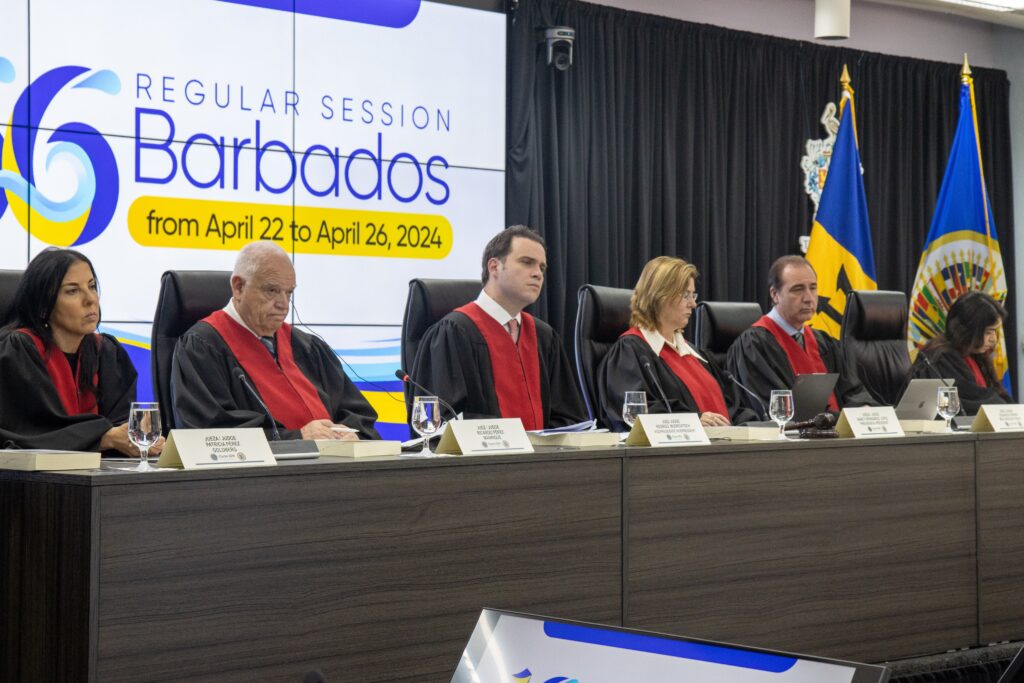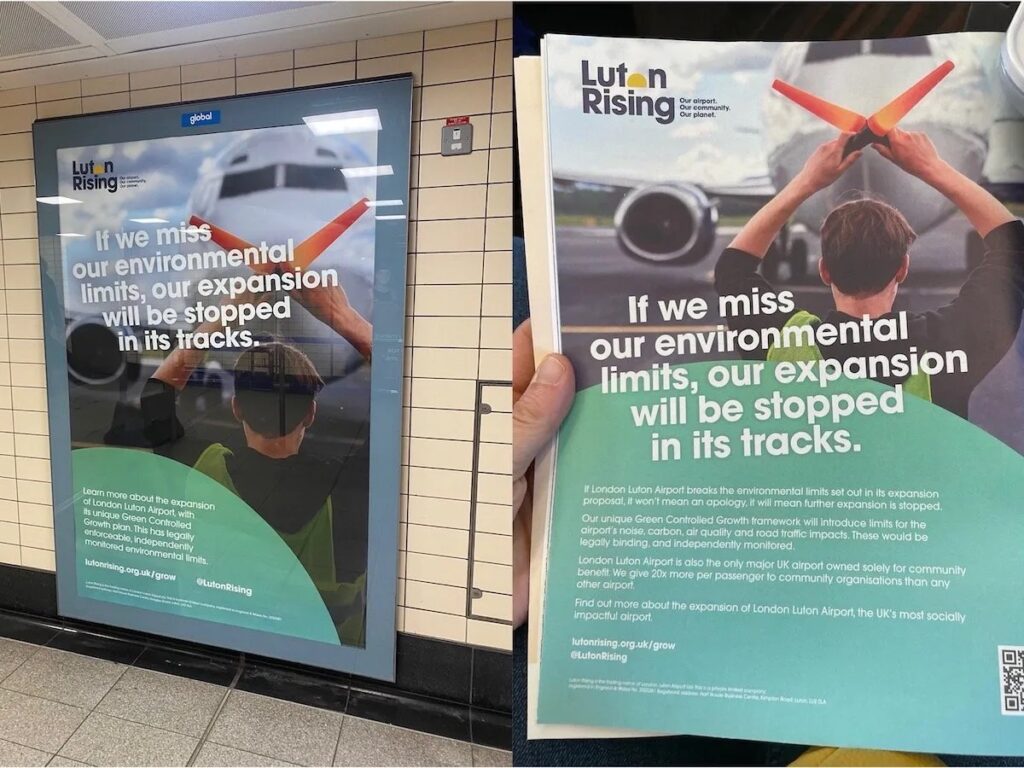It must be sad for professional contrarians like Bjorn Lomborg when their well worn speaking points become more laughably wrong with each emerging study on the dangers of climate change.
That of course does not stop Lomborg from holding forth his increasingly loopy opinions at every opportunity – most recently in the Australian, where Lomborg hectors incoming President Obama for his shoddy understanding of climate science. (By the way, Lomborg’s training is in political science)
Lets get stared on pulling apart this polemic and the laundry list of errors and misinformation.
Lomborg starts by calling into question the link between tropical cyclones and climate change. The doubting Dane intones:
“It is simply wrong to say that storms are growing stronger every hurricane season… hurricanes across the world for the past year have been about as inactive as at any time since records began to be kept.”
Strange. That’s not what scientific community thinks.
A NASA report released just last week confirms the strong link between warming ocean temperatures and increasing severity of tropical storms. In particular, researchers were looking at the link between very high tropical clouds associated with extreme weather and sea surface temperatures,
“For every degree Centigrade (1.8 degrees Fahrenheit) increase in average ocean surface temperature, the team observed a 45-percent increase in the frequency of the very high clouds,” according to the study, recently published in Geophysical Research Letters.
“At the present rate of global warming of 0.13 degrees Celsius (0.23 degrees Fahrenheit) per decade, the team inferred the frequency of these storms can be expected to increase by six percent per decade.”
Bummer Bjorn.
Lets look at another one of his favorite talking and most heinous points, that agricultural production in famine prone areas of the globe will be just fine in a warming world. He stated in the Australian last week that:
“Global agricultural/economic models indicate that even under the most pessimistic assumptions, global warming would reduce agricultural production by just 1.4p er cent by the end of the century.”
Maybe Lomborg should have a talk with the folks at the UN Food and Agriculture Organization (FAO). They don’t seem to share his sunny view on climate change and future famines.
“Sixty-five developing countries, representing more than half of the developing world’s total population in 1995, will lose about 280 million tons of potential cereal production as a result of climate change,” the FAO said in study in 2005. “
“In some 40 poor, developing countries, with a combined population of 2 billion… production losses due to climate change may drastically increase the number of undernourished people, severely hindering progress in combating poverty and food insecurity,” the report said.
Lomborg’s dangerously wrong public pronouncements on climate change are sadly still getting some pick up in the mainstream media but the sun is clearly setting on his celebrity status.
Subscribe to our newsletter
Stay up to date with DeSmog news and alerts






